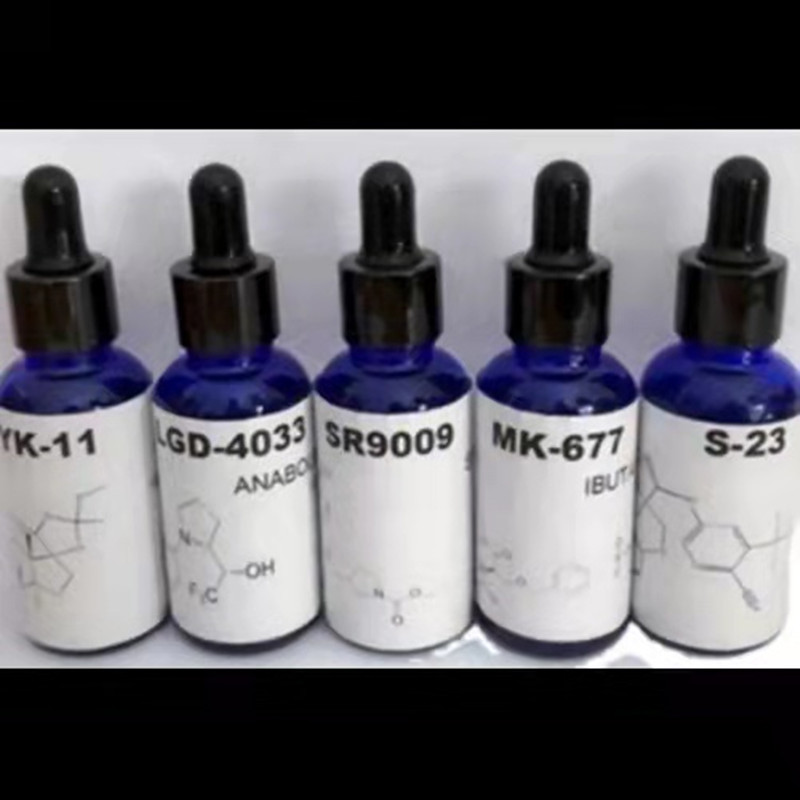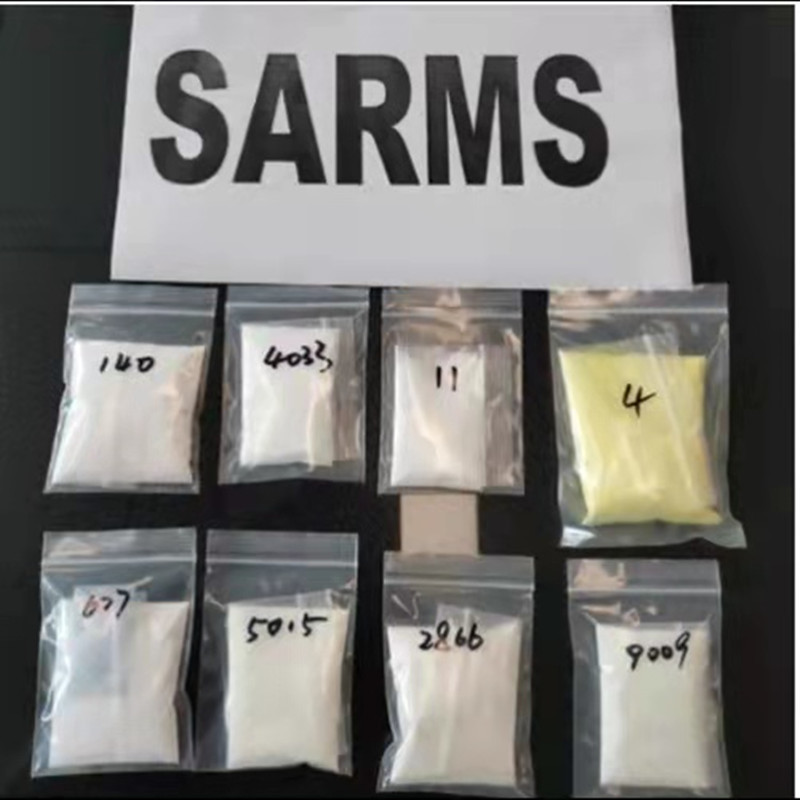How does the gene "scissors" shake the multi-billion dollar market?
In the top ten scientific breakthroughs in 2017, the “Precision-Located Gene Editing†list is famous. The researchers have modified the gene editing tools to make “accurate to point†modifications, which makes the gene “scissors†may be more aggressive in the future. Market. Soft, more than a dozen nanometers, the "microscopic photo" of nucleases is more like a large group of "cotton candy." Encyclopedia introduces it like this: its discovery and adoption make it possible to "edit" the genes, including insertion, censoring, and fusion. It is internally "partitioned", some districts are "positioning", and some districts are "cutting"... It is this "sweet candy"-like "scissors" that are going to be "splintered" - a famous consulting company in the United States recently released a report that the global genome editors (including CRISPR, TALEN and ZFN) will be marketed in 2017. The $3.19 billion grew to $6.28 billion in 2022, with a compound annual growth rate of 14.5%. The “full bloom†of the industrial market is only part of it, and the breakthrough of “point†is still being produced in the genetic editing industry. In the "Top 10 Scientific Breakthroughs" published by Science magazine in the United States recently, the "Precision-Located Gene Editing" list is famous. The researchers modified the gene editing tools to make "accurate-to-point" modifications, which made the gene "scissors". "In the future, it may shake up a bigger market. Three means, each has its own merits "Mushrooms have a 'habit' of releasing spores, and the mushrooms that are picked up will be blackened, and they will not be sold in the market." Xie Zhen, a researcher at the Center for Synthetic and Systems Biology, Tsinghua University, explains how to make it black. By knocking out the genes that induce this "habit", "the biological activity is blocked, it will not turn black, and thus extend the shelf life." The “beautification†of some “productions†in nature is what people hope to do through genetic editing. The three existing gene editing technologies ZFN, TALEN, and CRISPR, how do you edit genes and change biological activities? "ZFN and TALEN technologies can be regarded as one type. They use foreign proteins to find DNA sequences after entering cells." Xie Zhen said, "The core functional components of CRISPR technology are different, and some are RNA sequences. The other part is protein." To complete the editing work, their architecture and functions are similar. The "core components" that are relied on in the three technologies must have the "positioning" function and the "cutting" function: the protein in ZFN technology is called zinc finger nuclease. The three-dimensional structure is named after the human finger, with zinc ions in between; the protein in TALEN technology is called transcriptional activation-like effector nuclease. Both nucleases are partitioned to specifically recognize the DNA binding domain of the sequence and the DNA cleavage domain for non-specific cleavage. In CRISPR technology, the work of identifying specific DNA sequences is done by "guide RNA" rather than by protein alone, and the work of cutting DNA is still done by proteins. "The difference in enzymes makes the complexity and application range of the technology different," said Xie Zhen. For example, the "one-to-many" gene editing work is the task of being able to edit multiple genes at the same time. CRISPR is the easiest to do. TALEN is a bit difficult, but ZFN is very difficult. The work of constructing three editing tools is very tedious. Although the CRISPR is relatively simple, many research teams still hope that the tool will be used. To this end, a dedicated research team turned the components of the enzyme into "modules" and "assembled" as needed to obtain editing tools that identify specific DNA sequences. For example, through the long-term efforts of researchers, most of the 64 zinc finger combinations that identify each triple base have been found and cataloged, and these related data can also be retrieved in public databases or literature. . That is to say, for the different genes to be edited, all three methods must be “customized†to “serviceâ€, and as the research of gene editing technology continues to deepen, the public technology platform will accumulate more and more common research. "Customization" will become easier and simpler. The lowering of the application threshold will inevitably lead to further expansion of the market scale. Easy navigation, occupying the largest market share Although the simplification of "customized services" is a trend, the simplicity of customizing CRISPR is inherent, because it is "guided" by RNA, and the "closeness" with DNA is one step closer than protein. An article entitled "Gene Editing, Don't Forget ZFN and TALEN" was published in the biotechnology professional website Bio-Communication in July last year. A "return" word makes the genetic editing technology of CRISPR very self-evident. The advantages of the simple design of the company's design make it appear the latest, but the most widely used. "The synthesis of the guide RNA is very easy. As long as the sequence is determined, it can be synthesized according to the principle of sequence complementarity." Xie Zhen said, "But the role of protein and DNA, there is no clear relationship between 'complementarity', to be synthesized for guidance. Protein regions require a whole set of processes, including prediction, validation, etc." Xie Zhen explained that TALEN is relatively easy in this respect. According to the characteristics of existing TALEN protein binding DNA, it can help design proteins that bind to specific DNA sequences. ZFN is the most complicated in "customized service". Because of its flexible "transition" capability, CRISPR has been widely used in gene editing in various fields. The analysis report pointed out that CRISPR is expected to occupy the largest share of the global market. This also led to the owner of ZFN technology, Sangamo Biotech's CEO, "Sour Grapes". Although the efficiency is high, CRISPR is not as accurate as ZFN in terms of "accuracy" and cannot be used in the medical field. In 2017, the company organized the first clinical trial of human genetic modification therapy, and injected the gene editing tool ZFN into the blood to treat Hunter's syndrome. In fact, CRISPR technology has also begun clinical trials in medical diagnosis and treatment. In 2016, Huaxi Hospital of Sichuan University in China deleted the PD-1 protein gene in immune cells of lung cancer patients by using CRISPR technology, and then re-injected the edited immune cells into the blood of patients, in the hope of treating cancer. “It is possible to improve the recognition ability of nucleases by fine-tuning the properties of proteins.†Xie Zhen said that many research efforts to improve the accuracy of CRISPR are underway. In 2016, Xie Zhen team published a paper in the journal Nature. By rationally splitting the Cas9 protein in mammalian cells and using different input synthetic lines to perceive different molecular signals, they achieved precise regulation of Cas9/dCas9 activity in different cell types, providing precise control of the CRISPR/Cas9 gene editing tool. A new strategy. Technological advancement, precision refresh "Before the scissors cut the double strands, the self-repairing ability of the cells and the repaired DNA template repair gene. Now cut off and directly transform the base." The Science Editor's 2017 Top Breakthrough Base Editor It is an improvement of the CRISPR technology by the Harvard team, and the editing function has been improved through the change of the core component "enzyme". Xie Zhen explained: "The original Cas9 enzyme activity is lost, there is no 'scissors' ability on the binding, but fusion with other proteins can become an enzyme that mutates a single base." “At first, they found this enzyme that can directionalally mutate CT bases in nature. Later they created another enzyme that can directionalally mutate AG bases.†Xie Zhen said, “The problem that is currently being solved is accuracy. If there are multiple repeating bases in a particular region, it is necessary to determine which one to mutate. For example, if all of A within 5 bases of the target site is mutated, it is necessary to be precise to a single base." According to reports, genome editing techniques are mainly used in cell line engineering, genetic engineering, diagnosis and treatment. At present, the cell line transformation accounts for the largest share, and the research on gene editing stem cell therapy is highly recognized. "Gene editing is more like an underlying technology. It is a channel and method for realizing functions or products. It is expected that its products will be able to go early." Xie Zhen said. Three major gene editing technologies Gene editing refers to a new technique for site-specific modification of the genome. Using this technique, it is possible to pinpoint a specific site of the genome, at which the target DNA fragment is cut and a new gene fragment is inserted. At present, the three major gene editing technologies: artificial nuclease-mediated zinc finger nuclease technology (ZFN); transcription activator-like effector nuclease technology (TALEN); RNA-directed CRISPR-Cas nuclease technology. ZFN technology is completed in two steps, specifically cleavage of DNA to form a DNA double-strand break region; inactivation of the target gene by disruption of non-homologous end-links, or completion of DNA repair by means of homologous recombination, etc. The DNA double strand re-bonds. The principle of TALEN technology is not complicated, that is, the TALEN element is targeted to specific DNA sites by DNA recognition module, and the specific recognition and target of guiding DNA into the nucleus and target site are sequentially and orderly guided on the same protein. The three different functions of DNA cleavage. CRISPR-Cas technology uses a sequence-specific guide RNA molecule (crRNA) to direct the endonuclease to the target, thus completing the editing of the genome. The editing gene is generally performed in two steps - the synthesis of crRNA and the guidance of crRNA RNA binding and cleavage. (Technology Daily) Nonsteroidal SARMS are alternatives to steroids, also known as selective estrogen receptor modulators. Unlike steroids, SARMS stimulates muscle more directly and more strongly than steroids. The stronger the targeting, the more targeted. SARMS is an optimized version of steroid substances that have steroid-like effects in the treatment of certain diseases. It may completely replace steroids in the future as a new and more effective drug.
We can provide liquid, powder, capsule, etc. Welcome to inquiry
MK677
MK677
Mk 677 Tablets,Mk 677 Pills,Sarms Liquid And Powder,Muscle Building Powder Swarm XI AN RHINE BIOLOGICAL TECHNOLOGY CO.,LTD , https://www.xianrhinebiotech.com
Our company specializes in providing sarms series products
MK677
MK2866
GW501516
YK11
SR9009
RAD140
S4
S23
LGD4033
GW0742

MK2866
GW501516
YK11
SR9009
RAD140
S4
S23
LGD4033
GW0742 powder

MK2866
GW501516
YK11
SR9009
RAD140
S4
S23
LGD4033
GW0742 capsules
